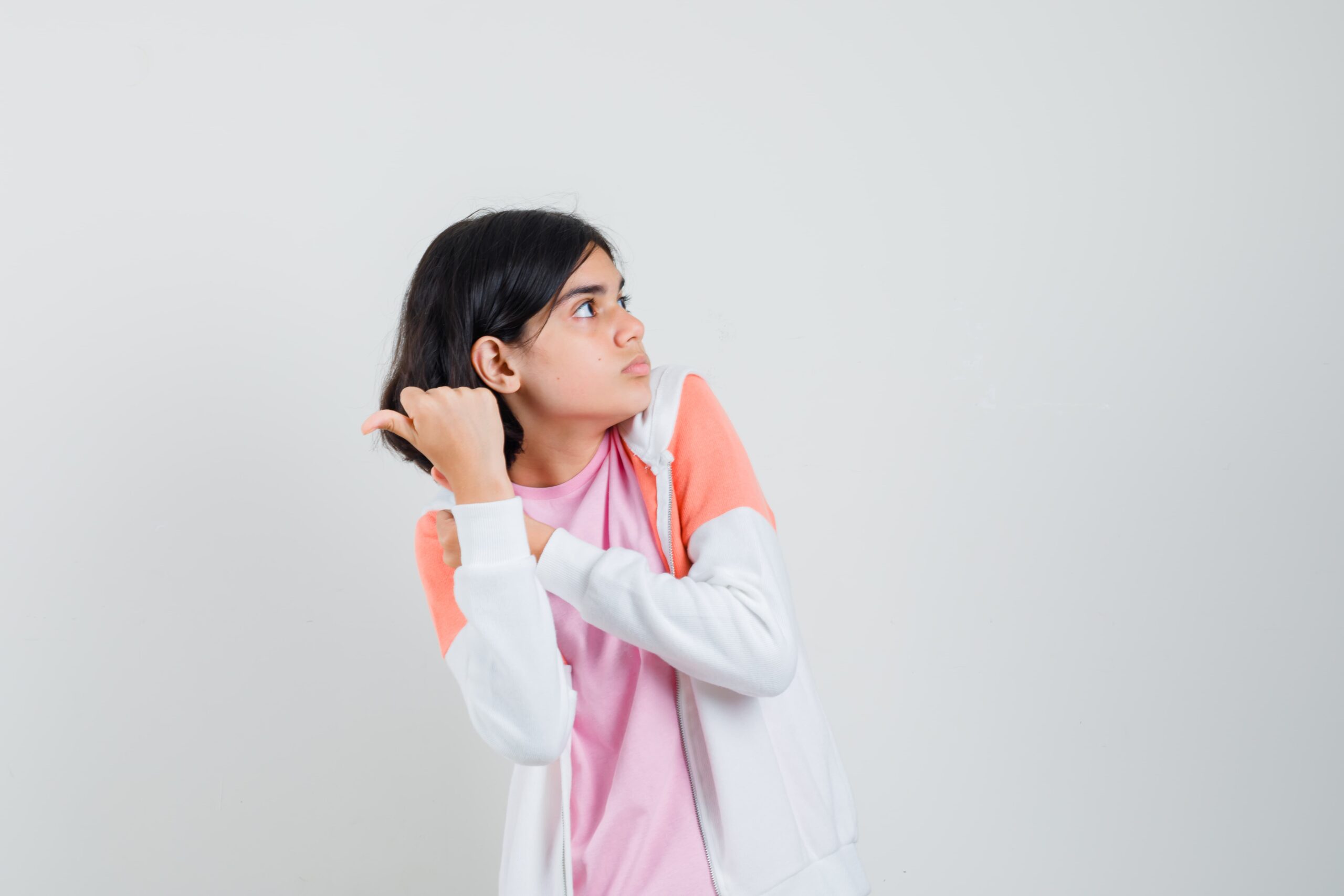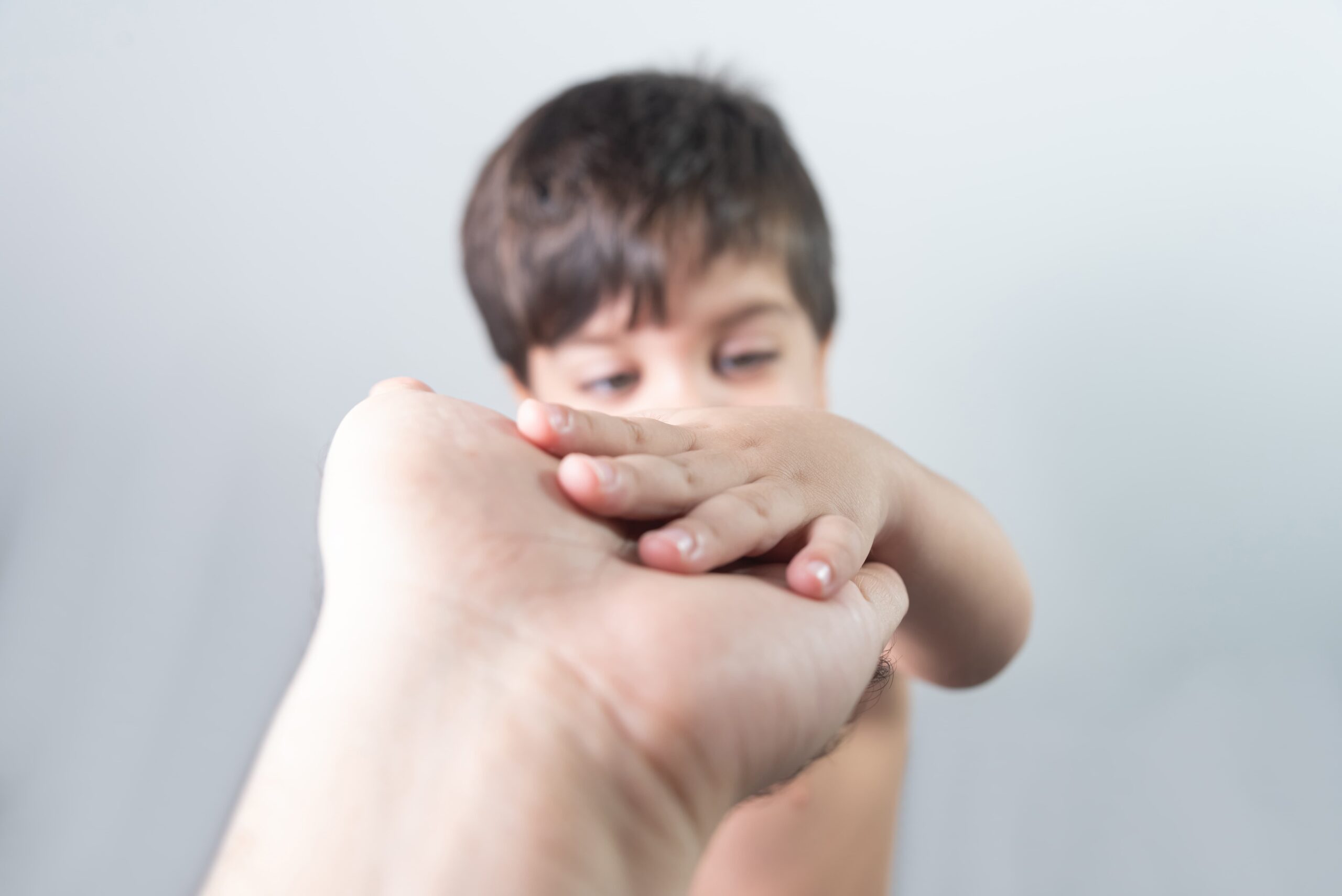Key Points:
- Tactile sensitivity is a common sensory challenge in individuals with autism, often leading to touch defensiveness.
- Understanding triggers and sensory processing can help parents and caregivers better support their child.
- Practical strategies and therapies, like ABA, can help children with autism gradually improve their comfort with touch.
For many parents, one of the most puzzling challenges of raising a child with autism is understanding why simple touches, like a gentle hug or the feeling of certain fabrics, can cause visible distress. This reaction is often rooted in tactile sensitivity, a form of sensory processing difference common in individuals on the autism spectrum.
Tactile sensitivity, sometimes referred to as touch defensiveness, isn’t about being overly dramatic or resistant. It’s the body’s way of responding to sensory input that feels overwhelming, uncomfortable, or even painful. By understanding tactile sensitivity in autism, caregivers can learn to create environments and routines that help their child feel more secure and calm.
What Is Tactile Sensitivity in Autism?
Tactile sensitivity refers to an atypical response to touch sensations. In children with autism spectrum disorder (ASD), this often means that tactile input, like clothing textures, water temperature, or skin contact, can feel exaggerated or intolerable.
Sensory processing differences affect how the brain interprets signals from the body. When the tactile system is over-responsive, even light touch can feel threatening or startling. This can lead to behaviors that look like avoidance, withdrawal, or agitation.
Common examples include:
- Discomfort when wearing certain fabrics or tags on clothing
- Avoidance of hugs or light touch
- Resistance to grooming tasks such as hair brushing, nail cutting, or teeth brushing
- Difficulty tolerating messy play like finger paint or sand
- Preferring deep pressure touch but avoiding light touch
These behaviors are not acts of defiance; they are protective responses to sensations that feel overwhelming.
 Why Does Tactile Sensitivity Happen in Autism?
Why Does Tactile Sensitivity Happen in Autism?
The root cause of tactile sensitivity lies in differences in sensory processing, specifically in how the brain filters and prioritizes tactile information. For individuals with autism, the nervous system may misinterpret touch signals, amplifying harmless sensations into discomfort or pain.
Research suggests that tactile defensiveness may be linked to:
- Sensory over-responsivity: The brain treats normal sensory input as threatening or too intense.
- Neurological differences: The sensory cortex, which processes touch, may function differently in people with autism.
- Anxiety and hyperarousal: Heightened stress responses can make the body more sensitive to sensory input.
- Early developmental factors: Delays or differences in sensory integration during early childhood can contribute to long-term tactile challenges.
Understanding these underlying factors helps caregivers recognize that tactile sensitivity is neurological, not behavioral. The goal, then, is not to “fix” a child’s reactions but to support them in managing and interpreting sensory input more comfortably.
How Touch Defensiveness Affects Daily Life
Tactile sensitivity can impact multiple areas of a child’s life, from basic self-care to social participation. Recognizing these effects is the first step to building empathy and practical support strategies.
1. Self-Care Routines
Children with touch defensiveness may resist tasks like dressing, bathing, or brushing teeth. Even soft fabrics can feel scratchy, and warm water may seem scalding. Parents often describe these moments as daily struggles, but with the right adaptations, routines can become less stressful.
2. Social Interaction
Many social behaviors involve touch – handshakes, hugs, and playful roughhousing, among others. For children with tactile sensitivity, these experiences can trigger discomfort or fear, leading to social withdrawal or misunderstanding from peers who don’t realize what’s happening.
3. Learning and Play
Tactile experiences are a core part of early learning. Children who avoid certain textures or sensations may miss out on exploratory play, arts, or hands-on classroom activities. Over time, this can affect skill development and confidence.
Recognizing Signs of Touch Defensiveness
Not all children express tactile sensitivity in the same way. Some may withdraw quietly, while others might react strongly or avoid certain situations altogether. Common signs include:
- Crying or meltdowns when touched unexpectedly
- Preference for loose or specific types of clothing
- Avoiding activities involving touch (e.g., sand, slime, water play)
- Strong reaction to grooming or medical exams
- Wanting personal space and resisting cuddles
- Seeking deep pressure (like weighted blankets) but avoiding light touch
Observation over time helps caregivers identify patterns and triggers. Keeping a simple sensory diary, tracking when discomfort occurs, can offer valuable insights for therapists and teachers.
Practical Strategies to Support a Child with Tactile Sensitivity
Addressing tactile defensiveness takes patience, consistency, and an individualized approach. Here are evidence-based and parent-tested strategies to help children become more comfortable with touch:
1. Create Predictable Routines
Unexpected touch can be alarming. Establish routines for daily tasks so your child knows what to expect. For instance, saying, “I’m going to brush your hair now” before starting helps reduce anxiety.
2. Choose Comfortable Clothing
Tagless shirts, soft fabrics, and elastic waistbands can make a huge difference. Involve your child in choosing their clothes to increase their sense of control.
3. Introduce Sensory Play Gradually
Start with textures your child tolerates well, such as playdough or dry beans, before moving to more challenging ones like slime or finger paint. Use positive reinforcement to encourage exploration.
4. Try Deep Pressure Input
Deep pressure (through hugs, compression clothing, or weighted blankets) is often calming for children with autism. It helps regulate sensory input and provides grounding sensations that reduce sensitivity to lighter touch.
5. Incorporate Occupational Therapy
An occupational therapist trained in sensory integration can develop a personalized sensory diet—a structured plan of activities designed to meet a child’s unique sensory needs. Over time, these exercises can help improve tactile tolerance.
6. Use Tools and Modifications
Simple adjustments like soft-bristled toothbrushes, detangling sprays, or seamless socks can prevent unnecessary discomfort. For activities like haircuts, scheduling breaks and using visual supports can make the experience smoother.
7. Practice Gradual Desensitization
Slow exposure to non-threatening touch, combined with positive reinforcement, can help the child’s nervous system adapt. Start small – touching a preferred fabric, then moving toward more challenging sensations over time.
8. Communicate with Teachers and Caregivers
Ensure everyone in your child’s environment understands their tactile sensitivity. Provide written notes or sensory profiles so others can avoid accidental triggers and use consistent support strategies.
The Emotional Side of Tactile Sensitivity
Tactile defensiveness doesn’t just affect physical comfort; it also influences emotional well-being. A child who feels constantly overwhelmed by sensory input may appear irritable, anxious, or withdrawn. Parents, too, can experience frustration or sadness when everyday affection becomes difficult.
Building empathy is essential. Recognizing that a child’s reactions stem from neurological differences, not stubbornness, helps caregivers respond with compassion instead of discipline. Small wins, like tolerating a new shirt or enjoying a sensory activity, deserve acknowledgment and celebration.
 When to Seek Professional Help
When to Seek Professional Help
If tactile sensitivity significantly interferes with daily functioning or social participation, professional support can make a difference. Occupational therapists, ABA therapists, and developmental pediatricians can collaborate to create a plan tailored to your child’s sensory profile.
Professional evaluation helps determine whether tactile defensiveness is part of a broader sensory processing disorder or a component of autism-related sensory challenges. Early and targeted intervention leads to better long-term outcomes.
Integrating ABA Therapy for Sensory Support
Applied Behavior Analysis (ABA) therapy is widely used to help children with autism develop functional skills and reduce distressing behaviors. While ABA primarily targets behavior, it also supports sensory-related goals such as increasing tolerance to touch or grooming tasks.
Through structured sessions, therapists can:
- Pair sensory experiences with positive reinforcement
- Teach coping and self-regulation strategies
- Encourage communication about discomfort
- Help generalize sensory tolerance across environments
When combined with occupational therapy and family collaboration, ABA can be a powerful component of a child’s sensory support plan.
Empower Your Child’s Sensory Journey
Tactile sensitivity in autism can turn simple touches into overwhelming sensations, shaping how children interact with the world. By understanding the root causes, recognizing signs, and applying consistent, compassionate strategies, parents and caregivers can make daily experiences less stressful and more enriching. With professional guidance through approaches like ABA therapy, children can learn to navigate their sensory world with greater confidence and comfort.
If your child struggles with tactile sensitivity or touch defensiveness, early and consistent support can make daily life more comfortable. Acclimate ABA provides compassionate, individualized ABA therapy services in Utah, helping children with autism develop sensory tolerance, communication, and coping skills.
Our team at Acclimate ABA works closely with families to create practical, evidence-based strategies that reduce distress and foster confidence. Every child’s sensory journey is unique, and our mission is to help yours thrive in theirs.
Contact us today to schedule a consultation and learn how personalized ABA therapy can support your child’s growth and comfort.

